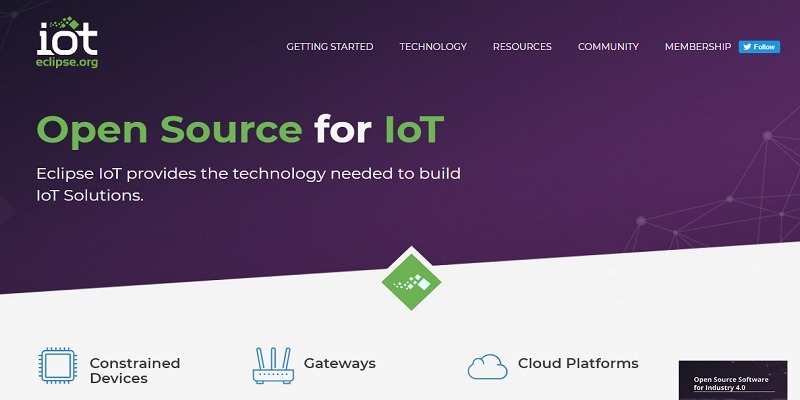
Eclipse Foundation just announced that it now has “critical mass” in terms of major companies participating in its open source IoT community.
Indeed, with a prestigious members list comprising Huawei, IBM, SAP, Intel, Bosch, CloudEra, Ubuntu and RedHat, this is an important moment in open-source IoT.
In hindsight, the event is somewhat similar to Linux, Apache, MySQL and PHP coming together to form LAMP, the first open-source web services stack. As we may recollect, that was during the dot com boom of the early 00’s.
Furthermore, in a white paper on the “three software stacks of IoT architecture,” Eclipse calls itself the “open-source center of gravity” for IoT development.
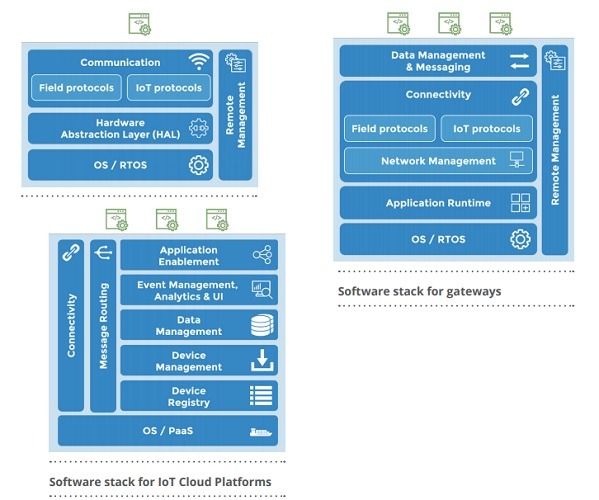
What Is the Role of Eclipse IoT?
Many of you would know Eclipse from its open-source IDE common to many code editors such as Python by PyDev.
Currently, in its IoT avatar, this non-profit group has the potential to become the most important global standard in open source.
Certainly, this role is only going to get bigger and affect the future pace of IoT in many ways. Besides, Eclipse is supporting 3 million lines of code across 35 IoT projects across 40 companies.
For starters, there is the issue of implementing software in IoT devices and universal standards which relate to them. Here, Eclipse IoT has come with the architecture for three tiers of smart devices.
- Constrained Devices
- Smart Devices/Gateways
- IoT Platforms
Additionally, Eclipse IoT is working on universal standards for data aggregation, security, device management, and data analysis.
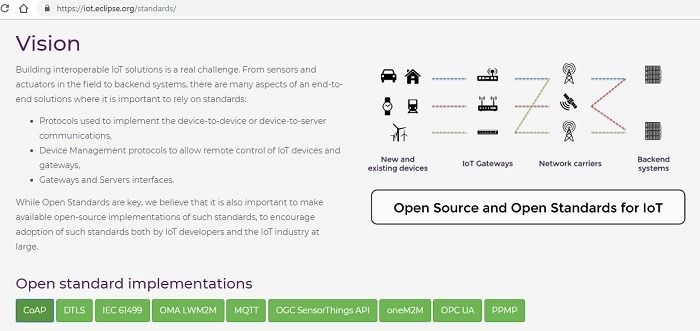
Sample Open Source Projects with Eclipse
We earlier spoke about the challenges of rolling out updates to edge devices and how an easier way is necessary.
1. Edge Systems. Bosch is working with Eclipse IoT to create a domain independent backend system which rolls out updates to edge devices. They call this project Eclipse hawkBit on their website.
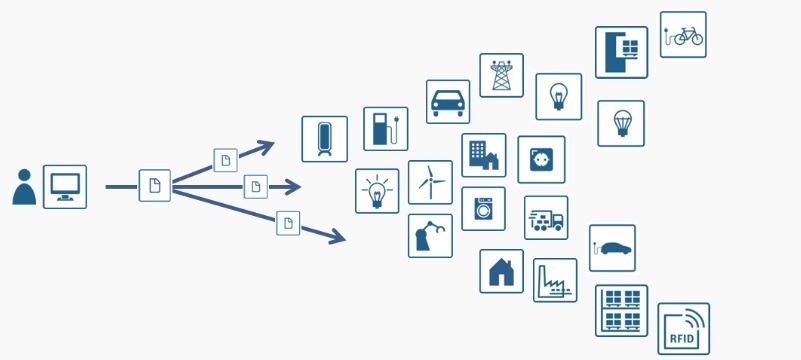
2. Microservices. Another Eclipse partner, Edgeworx, is working on an ioFog Engine to deploy secure microservices at the edge. Clearly, the benefits are for a platform which is robust and resilient in many ways.
- Intelligent: any hardware can run any software, which is the very definition of an intelligent node.
- Secure edges: each edge node is self-sufficient in all aspects of security, which makes the entire network strong against attacks.
- Connections: each edge node can connect independently of directions given from a central cloud.

3. Kubernetes. Another Eclipse partner, Cloud Native Computing Foundation (CNCF), is collaborating with Eclipse on a Kubernetes container approach.
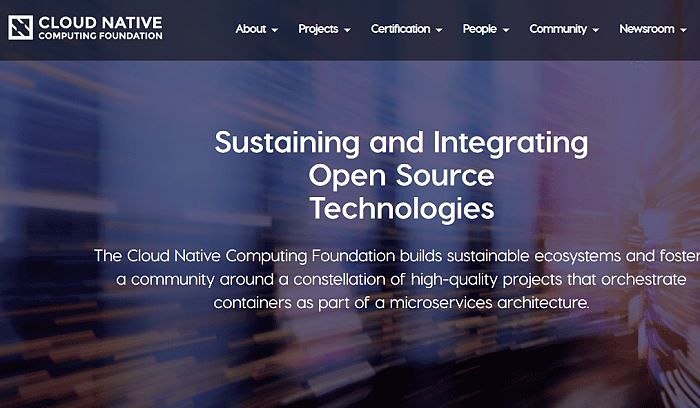
Organizational Structure of Eclipse IoT
As a non-profit, Eclipse IoT is independent of the influence of private players. Evidently, the various participants only contribute to the sum total of knowledge and the IoT standards that are evolving.
Moreover, the foundation replicates the ethos of organizations like Linux and Wikipedia in spirit and diversity. Currently, Eclipse’s current Board of Directors are from a diverse community worldwide comprising corporations as well as individuals.
Looking Ahead
Only recently open source has been becoming an important force in the development of IoT standards.
While proprietary standards will coexist side by side, there are many aspects of IoT which eventually might have common open-source mechanisms.
The merger of OpenFog with Industrial Internet Consortium (IIC) is an example of how one set of standards can evolve. With the ongoing growth of bodies like Eclipse IoT, more such universal standards will follow.







